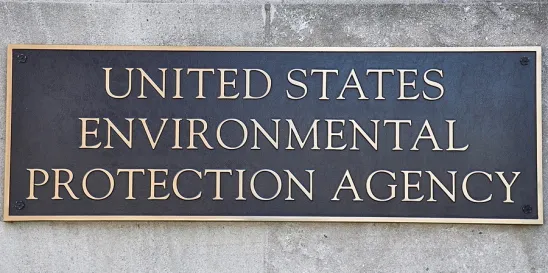Just before the Thanksgiving holiday EPA issued draft guidance regarding when a discharge of a “pollutant” to groundwater is the “functional equivalent” of a discharge to a Water of the United States requiring a NPDES permit under the Clean Water Act. As an EPA official promised the Association of Clean Water Administrators earlier this fall, the EPA draft guidance "merely summarizes and reiterates what is in the Maui decision."
It was only three years ago that a six Justice majority of a much different United States Supreme Court held that a discharge to groundwater of a pollutant, as broadly defined in the Act, that was the “functional equivalent” of a discharge of that pollutant to a Water of the United States was prohibited by the Clean Water Act unless it had the benefit of a difficult to obtain NPDES permit.
As a result, the County of Maui was required to obtain a NPDES permit for its injection of treated effluent from its wastewater treatment facility into wells that were sufficiently close to the Pacific Ocean that the injection was deemed to be the functional equivalent of a discharge to the ocean.
What else might be a "functional equivalent' of a discharge to a Water of the United States? Justice Breyer, writing for the Court, shared seven factors that the nation's highest court found relevant but said distance from the point of discharge to a Water of the United States, and the time necessary for a pollutant to travel that distance, were most likely to be the two most important factors in most cases.
The Supreme Court left it to District Court Judges, and perhaps EPA and the States, to sort out what this would all mean.
The Trump Administration EPA tried to add an eighth factor, but the Biden Administration EPA had already undone that long before its pre-Thanksgiving guidance.
Sam Hess of Inside EPA writes that the EPA guidance might repair some of the considerable damage done to EPA's interpretation of the reach of the Clean Water Act by the Supreme Court in Sackett v. EPA.
Justice Alito's opinion for the new Supreme Court majority in Sackett was very similar to his dissenting opinion in Maui, making it pretty clear to most observers that Maui would not be decided the same way today. So I'm not surprised that EPA, which is already embroiled in “everything but the kitchen sink” litigation over its most recent definition of Waters of the United States, would decide not to begin fighting on another front over “functional equivalence” in the meantime. The new draft “functional equivalence” guidance is certainly consistent with such a decision.
EPA on Nov. 21 quietly released its draft guidance for applying the Supreme Court’s 2020 ruling in County of Maui v. Hawaii Wildlife Fund, specifically as it pertains to applying the court’s “functional equivalence” standard for determining which discharges through groundwater may require coverage under a national pollutant discharge elimination system (NPDES) permit.
The guide could also bolster environmentalists’ efforts to expand the universe of permitted discharges in the wake of the Supreme Court’s 2023 ruling in Sackett v. EPA, where the court narrowed the definition of “waters of the United States” subject to...




 />i
/>i
